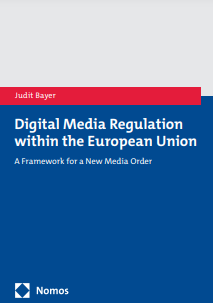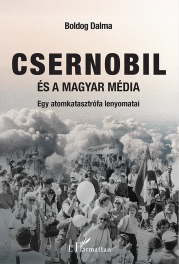Keyword – memory politics
Szekeres, Tamás:
Szekeres, Tamás:
Iconoclasm in the US alternative media: the 2020 statue removals in the articles of an alt-right and a liberal news site
This paper observes the presentation of iconoclasm as a tool of memory politics in the articles of Breitbart, one of the main representatives of American alt-right media, in the light of the events of the series of protests in the summer of 2020. During the wave of demonstrations held after George Floyd was killed, several statues and memorials were toppled by protesters or removed by authorities because of their difficult heritage or objectionable historical characters. The issue was widely covered by the press. This paper presents the possibilities of using monuments and their destruction for political objectives, and performs a thematic analysis with qualitative and quantitative methods on how an extremist news outlet portrays and comments these events. In an attempt to stress the complexity of the issue, it also analyses articles from the other end of the political spectrum, Vox, and compares the different approaches in search of similarities and differences.
Keywords: alt-right, alternative media, memory politics, memory, monument, iconoclasm, statue, statue toppling, protest, United States
Médiakutató Spring 2021 pp. 23-32
Hermann, Veronika – Keszeg, Anna:
Hermann, Veronika – Keszeg, Anna:
Glorious Times
Questions raised by the analysis of individual and collective aspects of nostalgia in the social sciences have focused not only on the desire for our former self or on the contradiction between collective and individual remembrance, but also, more generally, on what patterns are behind the rethinking and narrating of the past. Media texts structured around nostalgia as a narrative organising element, saturated with textual and ritual functions, create a metaphor for temporality in which images and texts produce a nostalgic experience. The recording of the individual and social experiences of nostalgia often acts in a spatial manner, which is inconsistent with the traditional modus operandi of both mediums. The topography of nostalgia narrates the past not only in time but also in space, combining homeliness with walkability. In this paper we want to show how nostalgia redistributes time through a variety of media texts coming from mainstream popular culture where in our consumption practices a fictitious past continually collides with a contradictory historic one. The field of analysis of nostalgia practices are the 1960s and its nostalgic media representations. One case study is related to the representations of 1968 in contemporary fashion media products (mainly those of the Gucci fashion house) and the other is George Lucas’s American Graffiti (1973), a movie made in the 1970s, situated in the 1960s, and stylistically placed in the 1950s in a narrative that is nostalgic at its core.
Keywords: Cold War, cultural memory, cultural studies, fashion, France, mass culture, mediated memory, memory politics, moving pictures, societal nostalgia, United States of America
Médiakutató Spring 2020 pp. 107-114



